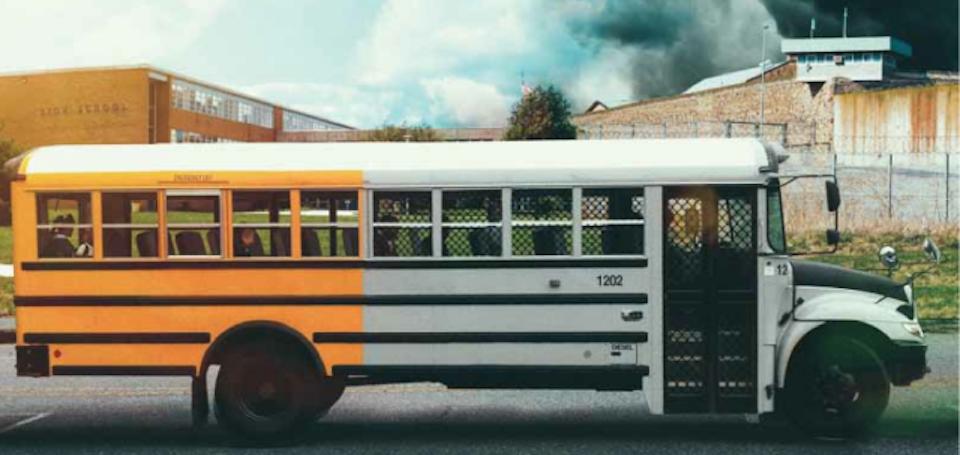Researchers have studied the effects of zero tolerance policies in schools and their effects on discipline and the school-to-prison pipeline. Harry Wilson in “Turning off the School-to-Prison Pipeline” and Stephanie E. Ward and Etienne Delessert in “Less than Zero” discuss the negative effects of zero tolerance policies and the possible alternatives to exclusionary discipline.
Students are removed from school through suspensions and expulsions more easily due to the zero tolerance policies implemented in schools. Zero tolerance policies are those that allow “strict, uncompromising, automatic punishment to eliminate undesirable behavior”.23 This contradicts the core goal of school achievement because the students are missing school and falling behind in classes. Furthermore, these extreme discipline actions result in higher rates of repeat offenses and dropout rates.22 Students are pushed out of schools and into prisons due to increased criminalization in schools. Ward and Delessert point out that zero tolerance policies have allowed and increased the presence of law enforcement in schools.22 Instead of helping decrease school violence, the officers magnify the number and seriousness of offenses because they often lack sufficient training.This causes students to receive a criminal record for something as simple as a dress code violation. Both articles present the issue of zero tolerance policies and the school-to-prison pipeline with hopes of finding alternative forms of school discipline.

24
Wilson, Ward, and Delessert mention the U.S. Department of Education and the role it has had in combating zero tolerance policies. Education Secretary Arne Duncan and Attorney General Eric Holder have addressed the national concern with the education and juvenile justice system by announcing a partnership called the Supportive School Discipline Initiative to address the school-to-prison pipeline and related disciplinary policies.23 The U.S. Department of Education reports that suspensions predict a greater possibility of misbehavior and encourages schools to create positive climates with evidence-based prevention strategies for discipline.22 The authors of both articles echo the ideas proposed by the U.S. Department of Education by encouraging alternatives to zero tolerance policies.
Both articles agree that there must be a solution for the school-to-prison pipeline and zero tolerance policies. They both believe that students should be removed from the classroom only as a last resort. However, the authors of the two articles differ in their suggestions for solutions. Wilson provides four steps for combating the school-to-prison pipeline, which include eliminating zero tolerance, personal efficacy and systemic change, community support, and youth engagement.23 Wilson’s main argument is that teacher-student interactions must change in order to get rid of zero tolerance policies and keep students in school.23 This acknowledges that part of the reason as to why zero tolerance policies have been accepted is because it allows teachers to remove students who display problematic behavior and cause a distraction to the learning environment. Removing zero tolerance policies may be challenging for teachers because it requires a change in personal philosophy. Wilson offers teachers to undergo staff development so that they can create a trusting and caring relationship with their students that will help them prevent and respond to problematic behavior.23 On the other hand, Ward and Delessert point to restorative justice and other alternatives to out-of-school suspensions as a way to attack zero tolerance policies. Their article provides various examples of different school districts and how they have approached school discipline. One example mentioned is the use of restorative justice in a Chicago school through the implementation of a “peace room”.22 Other school districts use in-school suspension and have detention before or after school instead of out-of-school suspensions and expulsions.22 These alternatives allow for students to stay in school and keep up with their school work. While Wilson focuses on what teachers can do to alleviate zero tolerance policies, Ward and Delessert focus on different approaches schools can take to replace expulsions.
Both of these articles show that zero tolerance policies should no longer be used in schools. They offer their own research along with the report from the Department of Education to present different ways in which zero tolerance policies can be replaced and the school-to-prison pipeline can be ended.
